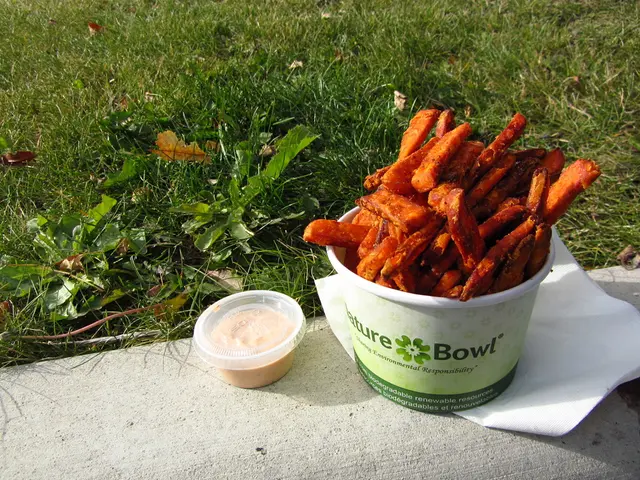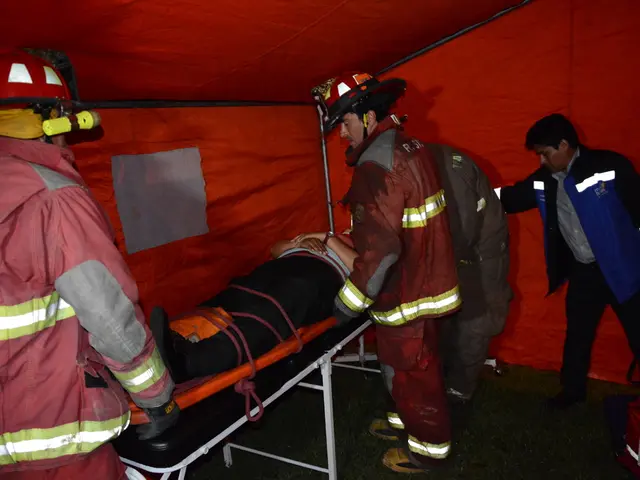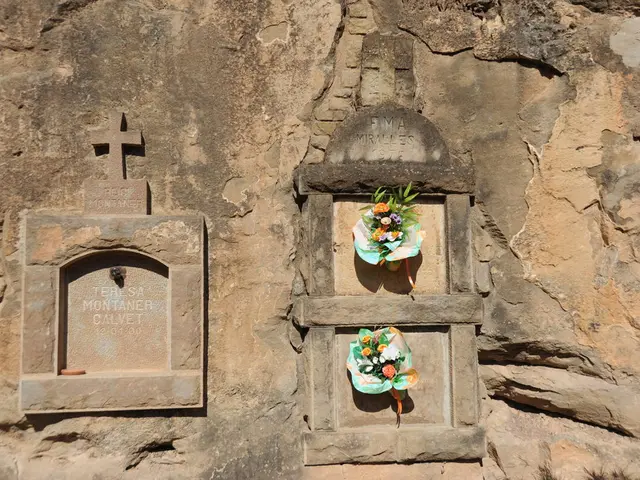Heed the Warning: Grand Canyon Hikers Brace for Extreme Heat
Tension mounts among helicopter rescue teams at Grand Canyon as compassionate efforts to save stranded hikers meet an obstacle under sweltering temperatures, potentially leading to tragic consequences.
Summertime explorers venturing into the Grand Canyon need to buckle up and prepare for scorching temperatures, following a dramatic surge in helicopter rescues.
A recent spate of emergencies, as reported in Outside magazine, saw search and rescue (SAR) teams conducting no less than 13 missions within a single week, according to the park's preventive search and rescue supervisor, Megan Smith.
The hot problem stirring up trouble? Construction work on the Transcanyon water pipeline has led to the closure of essential routes, diverting hikers onto the longer and more technically challenging Tonto Trail. This detour adds around 4.5 miles (7.25 km) to the journey.
Unfortunately, the combination of intense heat, lack of shade, and the more rigorous trail conditions have resulted in a steep increase in rescues. Smith pointed out that the majority of rescues involve hikers who underestimated the challenges of the detour, ultimately leading to exhaustion, heat-related illnesses, and dehydration.
Dangerous Rescues on the Detours
Rescue missions, already perilous, become even more demanding along the detours. Stricken hikers can be hard to reach, especially at night or in inaccessible areas. Incidents on May 29, 30, and 31 called for SAR personnel to perform "hover exits," a risky maneuver that involves leaping from a hovering helicopter to reach victims beyond safe landing zones.
Once hikers were safely reached, they were sometimes "short-hauled" to safety—loaded onto a stretcher, attached to the helicopter with a rope, and flown to a secure location.
Smith warned hikers to factor in extra time for their route, pack abundant water, and invest in reliable headlamps with extra batteries to ensure a more enjoyable and safer hiking experience.
Beat the Heat: Tips for Grand Canyon Hikers
The Grand Canyon National Park strongly advises hikers to be fully prepared with adequate water, sun protection, and a realistic assessment of their physical abilities. The park further discourages attempting trails during the hottest part of the day (10 a.m. to 4 p.m.). As the detour routes remain a concern, they are not advisable during the summer's extreme heat.
Check the Grand Canyon National Park website for current trail closures and read up on our summer hiking guide for additional tips to help you conquer the heat and enjoy a memorable trail adventure.
- *Prepare for any trail: Equip yourself with the best hiking boots here
- *Stay hydrated: Discover the best hydration packs for on-the-go refueling here
Science reveals that the body requires optimum hydration and nutrition to withstand strenuous fitness-and-exercise activities like hiking, especially under extreme health-and-wellness conditions such as intense heat. To ensure a safe and enjoyable experience in the Grand Canyon, it is advisable to research summer hiking tips, invest in reliable hydration gear for on-the-go refueling, and aim for a balanced diet rich in nutrients that promote overall well-being.








